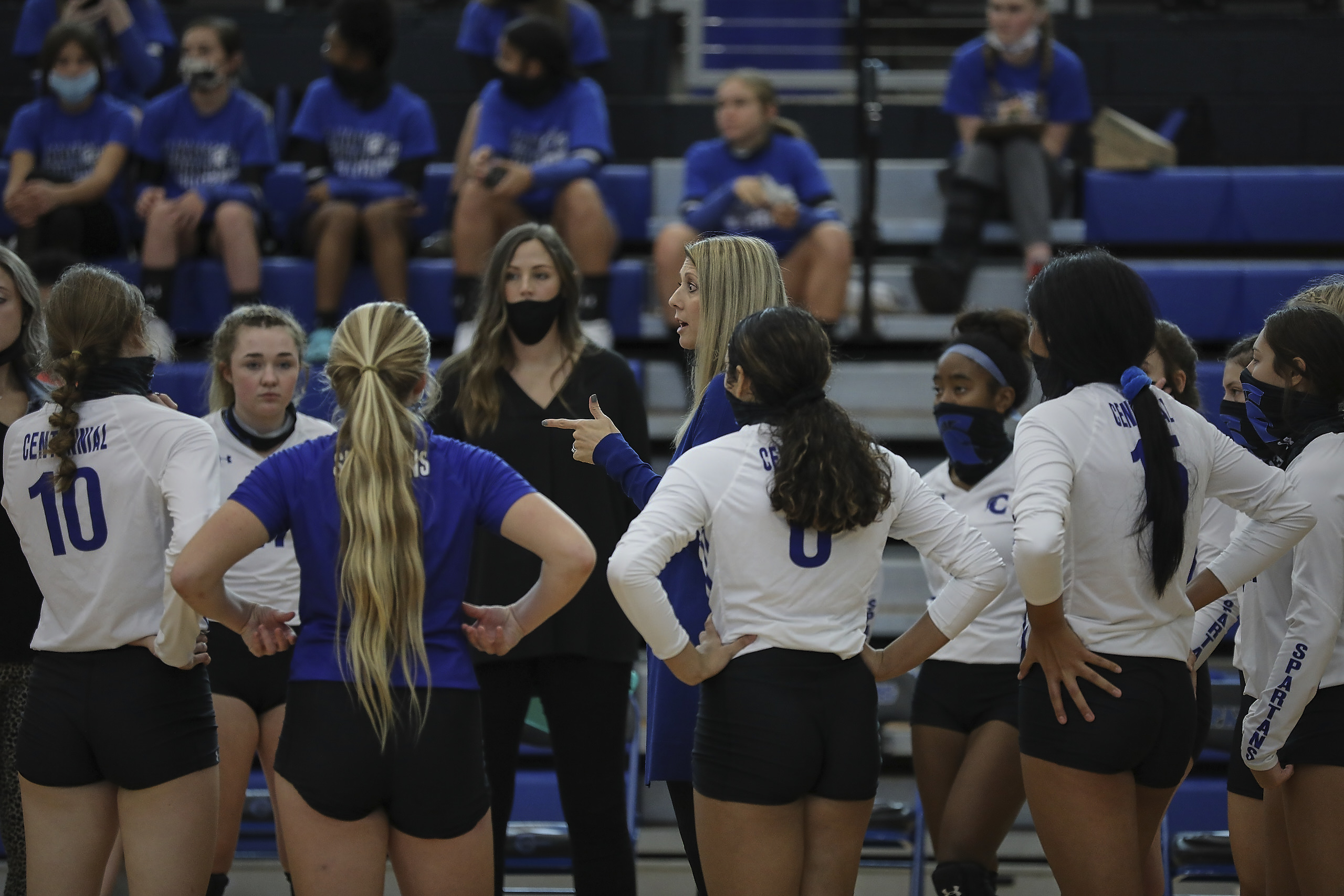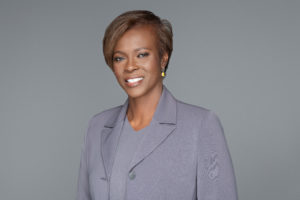Wendy Borlabi I Human Performance Council for Under Armour
Dr. Wendy Borlabi is currently working with the Chicago Bulls and is the founder of Borlabi Consulting, a performance psychology firm. She is also an independent consultant with the National Basketball Association.
Dr. Borlabi worked for the United States Olympic Committee (USOC) at their training center in San Diego for six years (two Winter Olympic and one Summer Olympic Games). She co-founded Acumen Performance Group (APG) along with six current and ex-Navy SEALs. They developed a program that integrated the SEALs’ real-world experience and applied it in both the development and application of the high-performance concepts of seamless teamwork, mental toughness and unwavering confidence.
At James Madison University (JMU), she worked as the liaison between athletics and the Counseling and Student Development Center (CSDC) for five years. In that time, she began sport psychology services for student-athletes, coaches and the Athletic department. In addition, she facilitated the development of the Sport Psychology department as a division of the JMU Athletic department.
She also teaches undergraduate and graduate courses in Sport Psychology and Sports Management for Forbes Business School.
Dr. Borlabi received a B.S. in Psychology from Southwestern Oklahoma State University, a M.S. in Kinesiology with a concentration in Sport Psychology from Georgia Southern University, and a doctorate in Clinical Psychology with a concentration in Sport Psychology and Exercise Psychology at Argosy University/Phoenix.
Watch “The Challenges & Rewards of Coaching Female Athletes” webinar now.
The following is an except from Dr. Borlabi’s recent webinar.
Q: How do you create a safe environment for your athletes?
A: The first step in creating a safe environment for your team is to determine what a safe environment looks like for you. What makes you comfortable, confident and enables you to be the best version of you. Then, the next step is to present that type of environment to your team. Ask them for feedback or if this type of environment works for them. If feedback is given, adapt slightly to fit their needs and then see if your team agrees to your environment terms.
Q: How do you keep athletes’ minds focused so they’re not just going through the motions?
A: Make the task segments short; 30 seconds to one minute. This will help keep their attention and focus. The task that you set to focus on does not have to be related to sport. You could focus on a task like describing their food, e.g., a sandwich. What is your sandwich made of? Turkey, bread, lettuce, mustard… if you lose focus, that is okay! Just refocus and try again. A minute may seem like a short time, but a minute is actually a long time to focus.
Q: How do you deal with emotions, especially those outside of sports?
A: Be very careful when discussing emotions with the girls. I would ask more about the situation or if there is someone else they need to talk to or would be comfortable with discussing. Let them know you can see they are struggling and then ask them who would be the person they could talk to, reminding them it does not have to be you. If they want to talk to you, note that you want them to be safe. If they are not safe, you may open this conversation to other people or document the conversation for future reference or to report. You want to make sure you note this with the girls as well so that you do not lose the level of trust they have in you as their coach and mentor.
Q: Balance. Any tips on managing the balance between mental toughness and playing?
A: I would combine them, create a task or game about mental toughness so that mental toughness is the focus, but so there’s still the aspect of play in which the athletes thrive.
Q: How do you get athletes to fully engage?
A: Sometimes you may not be able to get the athlete to fully engage. This is the first thing you must note. However, you can try several different approaches to get them to buy-in better. First, you can find and focus on something they can bring to the table, a strength that can help your team. They may buy-in when they understand they bring something to the table. Second, you can buddy them up with someone else on the team and give them tasks X, Y & Z and see if that approach enables buy-in. Regardless, just remember buy-in does not always take place and that is okay. These athletes are young and still determining what they are truly passionate about and interested in.
Q: Are there any activities you recommend to alleviate competitive anxiety in practice and on game day?
A: My suggestion would be to help your athletes develop a pre-performance routine. If they develop a routine, it will enable you to not think less about the event and can help decrease anxiety because it becomes routine. Then, your body knows what is coming next and is prepared for it. To take a deeper dive and address the long term, try to determine where you are in the spectrum. Look into the Inverted U and determine where you are and how you can address it.
Q: How do you get athletes to hear the message, not the tone?
A: First, that responsibility is on you. You must work and adjust your tone and learn how to change it to better communicate with your athletes. Second, engage your athletes to respond to what you said. Ask them what they heard. Sometimes they will pick up on different things than what you intended. The younger generation usually focuses on the emotion behind the words instead of the words themselves.
Q: Do you think female athletes take constructive criticism better from male coaches than female coaches?
A: In my experience, most of the female athletes I have worked with have had male coaches, so they were used to that. I think, in general, young female athletes get stuck on criticism and the emotion. You have to help them understand they are getting stuck on the emotion and not what you are saying. If they focus on the words rather than the emotion, they will have a better understanding of the comment. Additionally, remember to always focus and engage when they are doing something right. If you have an assistant, give them a job to only focus on what your athletes are doing right and praise the action.
Q: How do you keep outside issues off the court and maintain team chemistry?
A: Make this a team rule. Have a conversation about it at the beginning of the season so they know that any issues are kept off the court and that those issues do not affect practice or games. We may not be on the same page as a team, but we are on the same team against our opponent.
Q: How do you help athletes that are paralyzed by failure or fear of failure?
A: I put it out there. It is something that we all face, even as coaches. The idea of failure is perspective. Help your athletes look at it differently. You aren’t losing something because you didn’t have that skill to begin with. You cannot lose by trying, you can only gain, e.g., you aren’t shooting three-pointers 100% of the time so you cannot lose anything trying. You can only gain in trying to get better. This shift in their perspective can help them reach a new level of growth.
To see the complete interview with Dr. Borlabi, watch “The Challenges & Rewards of Coaching Female Athletes” webinar now.


